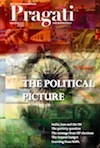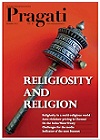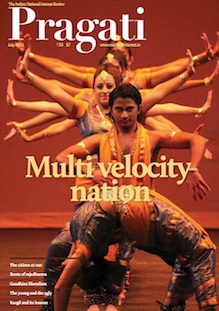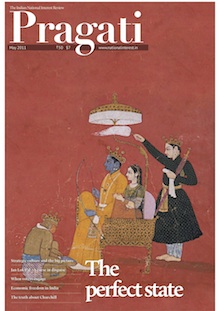Book review: Our Moon Has Blood Clots
D. P. Satish in his review of Rahul Pandita’s latest book writes that it is a bold attempt at voicing despair about a nation that mouths lofty platitudes but does little to protect its persecuted communities.
 Courtesy:
Courtesy:
 Courtesy: PMO
Courtesy: PMO
 Courtesy: Pragati
Courtesy: Pragati
 Courtesy: Pragati
Courtesy: Pragati
 Courtesy: Pragati
Courtesy: Pragati
 Courtesy: Pragati
Courtesy: Pragati
 Courtesy: Pragati
Courtesy: Pragati
 Courtesy: Pragati
Courtesy: Pragati
 Courtesy: Pragati
Courtesy: Pragati
 Courtesy: Pragati
Courtesy: Pragati
